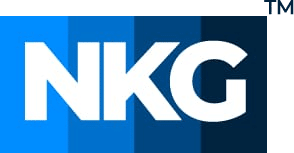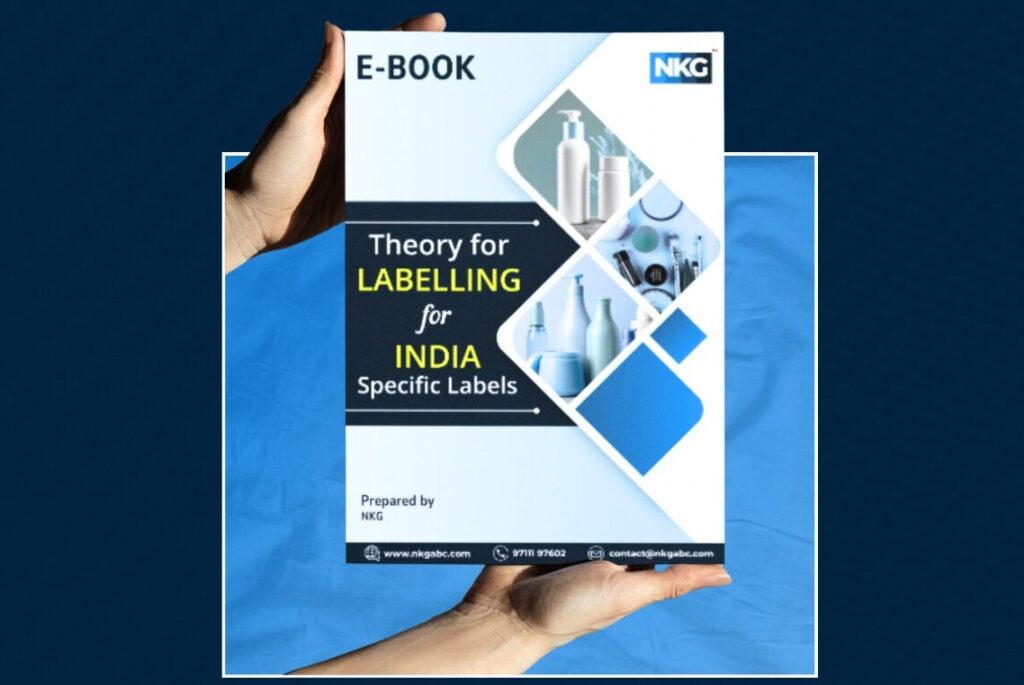Introduction:
The Directorate General of Health Services Central Drugs Standard Control Organization (CDSCO) published a circular on February 9th, 2024, providing regulatory guidelines for drug, cosmetic, and medical device sampling by Central and State Drug Authorities in India inspectors. By CDSCO, the drug, cosmetic, and medical device sampling process will be streamlined and rationalized, and a monthly database of spurious or Not of Standard Quality (NSQ) drugs will be maintained and published on CDSCO.
The circular highlights the adverse effects of inferior or counterfeit products on patients and the healthcare system, underscoring the significance of high-quality medications and their associated risks. The Drugs & Cosmetics Act and Good Manufacturing Practices (GMP) compliance are ensured through inspections, approvals, and post-marketing surveillance measures in India’s complex drug regulation process. By emphasizing high-risk parameters during sampling and highlighting the necessity of thorough monitoring and databases to track Not of Standard Quality (NSQ) and counterfeit products, the guidelines aim to optimize resource utilization.
The comprehensive guidelines cover a few topics: Sampling plans, sample selection, sampling locations, sample number and quantity, timeliness, and testing laboratory roles. It emphasizes the importance of following a systematic sampling plan, choosing samples based on risk, and covering a range of places, including rural ones. The guidelines also outline the number of samples needed for each product category—drugs, cosmetics, vaccines, and biological/medical devices—to perform a thorough analysis. It also specifies when samples should be sent to the laboratory, how to get analytical techniques, and how to report spurious and NSQ alerts to guarantee prompt regulatory action.
The guideline also discusses the function of testing laboratories and offers a list of federally and state-approved testing facilities for medications, cosmetics, and medical devices. It also has appendices that list the number of samples needed to thoroughly examine medications, vaccines, cosmetics, and biological/medical devices. The extensive scope of the circular indicates a dedication to guaranteeing the effectiveness and caliber of goods on the market using a standard drug sampling technique for drug inspectors working under state and federal drug regulatory agencies in India.
New Guidelines:
a) Sampling Plan: In consultation with his controlling authority, every drug inspector must create a monthly and annual sampling plan that determines the sampling locations for every area under their office’s jurisdiction. By doing this, communication breakdowns between the officers will be avoided, and resources will be used as efficiently as possible to cover the most significant amount of territory and every type of product category with identified risk and addressed under this guidance document.
The sampling plan will cover rural and tribal areas, medications used in endemic areas for specific diseases, medications for seasonal illnesses, etc. The yearly sampling plan will be distributed to their headquarters to be reviewed to prevent sampling of the same brand too often and ensure that every brand and category is covered in the suggested sampling schedule.
b) Selection of sample – The selection of samples for inspection depends on various factors indicating potential risks to drug quality. These factors include:
- Feedback from citizens and healthcare professionals,
- Sampling schedules provided by regulatory authorities,
- Alerts about frequent substandard drugs,
- Seasonal influences on drug quality,
- Variations in brand pricing and market segments,
- Deviations from ethical market practices,
- High consumption volumes,
- Drugs with low potency or narrow therapeutic index,
- Tampered labels,
- Suspicious packaging,
- Visible defects,
- Resemblance to established brands,
- Lack of proper purchase/sale records,
- Distribution patterns,
- And deviations from authorized supply chains.
Inspectors must utilize these risks in their sampling activities over six months, ensuring up to three samples are collected from one outlet without approval from the controlling authority.
c) Sampling location – Sampling locations can be identified using approaches such as frequent reports of non-standard quality drugs,
- Market complaints,
- Unvisited or not sampled for over a year,
- Government and private manufacturing facilities,
- Government hospitals with local purchases,
- Wholesale and retail sales premises,
- Outlets with limited operating hours,
- Proximity to schools and colleges,
- Border areas, disease prevalence, and seasonality,
- Manufacturing complexity,
- Medicine stability,
- Manufacturer compliance with GMP principles and
- Distribution chain complexity and compliance with GDP principles.
d) Number of Samples – By the guidelines outlined in Sections 22 and 23 of the Drugs & Cosmetics Act 1940, each Drugs Inspector must gather samples. Every drug inspector is necessary to collect a minimum of 10 samples per month, which can include the following:
- 09 drug samples (API, excipient, and formulations);
- 01 cosmetic/medical device sample.
e) Quantity of samples – Before issuing an NSQ test report, collecting an adequate number of samples and sending them to the laboratory for testing is essential. The amount of samples depends on the type of product being tested. In cases where retail stores or rural outlets lack sufficient quantity for thorough testing, priority is given to identification and assay tests to rule out spurious products.
If needed, samples can be divided into two equal portions for testing, with one portion for the government analyst and the other for court presentation. The remaining portions can be used for reduced testing. Documentation must be completed according to Drugs, Cosmetics & Medical Devices Rules, including a cover letter addressed to the relevant Government Analyst explaining the reduced testing.
f) Timelines – Timelines for testing and reporting NSQ products:
- Samples should be sent to the laboratory on the same sampling day.
- If there’s a delay due to transit, samples must be forwarded to the lab by the next day.
- Obtain necessary details from the seller during sampling to rule out spurious drugs and complete distribution chain establishment.
- Provide a method of analysis & reference/working standards to the lab promptly for timely testing.
- State and central laboratories should submit NSQ reports in Excel format, preferably before the 10th of each month, for public awareness.
- Field offices of State and central drug authorities should submit monthly spurious alerts in Excel format, preferably before the 10th of each month for public awareness.
Database/Monitoring Requirements for Drugs Inspectors:
- Maintain monthly sampling data, including the number of samples drawn, process completion up to test report from the laboratory, and chain establishment up to the manufacturer level.
- Record the number of NSQs reported by the laboratory and actions taken, such as issuing drug alerts, Product Recalls, proposals for administrative/legal action, and completed actions like license suspension/cancellation and court cases.
- Track cases of spurious products reported by the laboratory or identified during chain establishment, along with actions taken, including drug alerts, Product Recalls/Seizures, arrests, proposals for legal action, and court cases.
g) NSQ/Spurious Alerts Procedure: NSQ reports received from State, and central labs should be reported in Excel format with the test report before the 10th of each month for upload on the CDSCO website for public awareness.
Samples identified as spurious due to distribution chain breakage or reported by the manufacturer should be reported in Excel with the Drugs Inspector report indicating the distribution chain break and the manufacturer’s response on identifying the original product. Monthly spurious alerts should be forwarded in Excel format before the 10th of each month for upload on the CDSCO website for public awareness.
h) Testing Laboratories: Notified labs for drugs, cosmetics, and medical devices exist at central and State levels. States without labs use central ones. In cases of specific product categories lacking coverage, CDSCO field offices can be approached. State governments established state Medical Devices Testing Labs and Central Medical Device Testing Labs (CMDTL), designated under MDR 2017, with six CMDTLs notified by MOH&FW.
Conclusion:
The regulatory guidelines issued by the Central Drugs Standard Control Organization (CDSCO) represent a significant step towards enhancing the quality and safety of drugs, cosmetics, and medical devices in India. Implementing these guidelines signifies a concerted effort by regulatory authorities to uphold the highest quality and safety standards in the pharmaceutical and healthcare sectors, ultimately benefiting patients and stakeholders alike.







